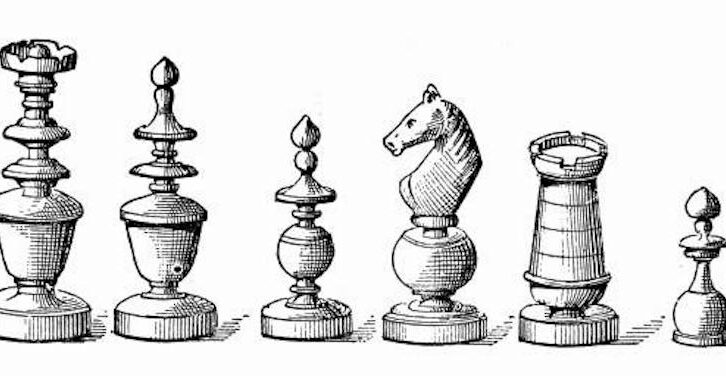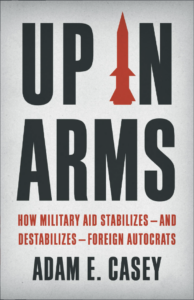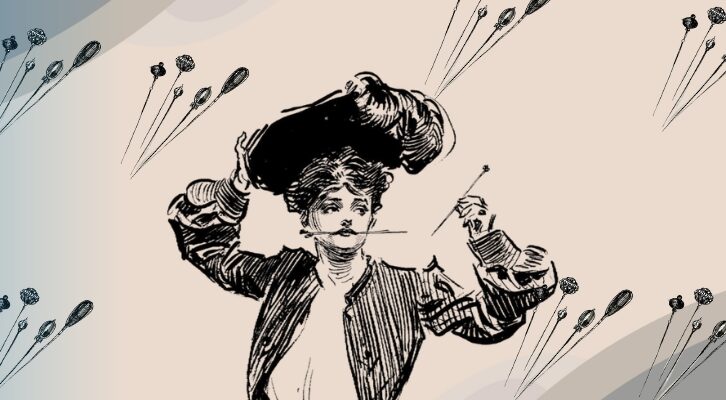
Considering the Lessons of the Cold War for the Next Great Power Rivalry
Adam E. Casey on America, China, and the Future of Revolutionary Rule
A recent history of revolutions declared that the Leninist vanguard party was as “obsolete as the typewriter.” Yet not only is the major great power rival to the United States—China—led by a Leninist party with a partisan army, but there have also been several adaptations of the Soviet model in non-leftist regimes.
The Iranian revolutionary regime (1979–present) adopted a Soviet-style political-military structure. The Iranian regime built two new security services after the revolution: the conventionally structured Islamic Revolutionary Guards Corps (IRGC, Sepah-e Pasdaran-e Enghelab) and the Basij paramilitary organization. In order to “monitor the loyalty and performance” of the regular army, the regime established the Organization for Ideology (Sazman-e Ideolog) as an entity independent from the Ministry of Defense and “directed and staffed by clerics loyal to the clerical government and Ayatollah Khomeini.” These Sazman officers were attached to “all armed forces units down to the platoon or barracks level.” These officers also mirrored the Soviet party committee system by leading Sazman bureaus in their units.
In another emulation of the Soviet model, Sazman clerics approved “all officer candidates or applicants for the military academies” and assessed their “political reliability.” The IRGC and Basij also featured an “extensive political control structure” that was similar to the political control apparatus attached to the regular army. The Supreme Council of the Revolutionary Guard controlled this apparatus through the Supreme Directorate of Ideological and Political Affairs and operated “much in the same way as the Sazman units in the regular armed forces.”
Directorate officials were attached to all IRGC and Basij units and were responsible for screening new recruits and monitoring the “activities and decisions of unit commanders” as well as maintaining a network of informers. To dilute the power of the IRGC, a separate Intelligence Ministry was established in 1984.
With a return to great power competition, US capacity to insist on democratic rule in geopolitically important states may again decline.
The Islamic State (IS, or Daesh) (2014–2019) security apparatus also shared many features of the Soviet political-military order. The Public Security Ministry acted as an intelligence and security service. The security service was a “shadowy entity feared even by IS’s own cadre.” It was apparently founded by Haji Bakr, the nom de guerre of a now-deceased former officer in Saddam Hussein’s Air Force Defense Intelligence Service. Its responsibilities included counterintelligence and “rooting out spies and traitors within the territory controlled by the caliphate.”
This responsibility meant the service spent time “monitoring and reporting on the performance and leadership of combat units” as well as “recruiting and selecting, training, and overseeing the activities of elite forces,” “monitoring cadres to root out spies and informants,” and “vetting new recruits and IS personnel.” It also maintained a dedicated directorate, the Soldier Security Office, for monitoring the IS armed forces in the Soldiery Department.
In addition to this large security service, the regular armed forces in the Soldiery Ministry featured embedded clerical control. Political control over the army was achieved through the careful screening of recruits for religious (political) reliability and the “integration of Shari’i to the lowest levels to ensure the correct ideological practice in units of the caliphal army.” Shari’a advisers were parallel to the amirs who acted as the regular military commanders directing units.
They also operated parallel to the deputy amir of battalions, but the overall battalions were led by amirs. The shari’i were the individual representatives of the larger Shari’a Committee, which reported to IS leadership. These security structures differed in important ways from the Soviet partisan army. Nevertheless, for repressive regimes, the appeal of an invasive internal security structure to quell incipient acts of military disloyalty has ensured the survival of certain elements of the Soviet structure.
The end of the Cold War brought unparalleled American power, a largely retrenched Russia, and a gradual expansion in Chinese military assistance. It also marked the end of the partisan army as a great power export. While a few partisan armies survived the end of the Cold War, others were gradually rendered nonpartisan or collapsed along with their regimes. Of course, the major great power rival to the United States in Beijing itself sustained its party army.
As of yet, Chinese foreign policymakers have not returned to a promotion of the Chinese model of political-military relations abroad. Instead, Chinese military aid has been primarily at the level of weapons transfers rather than organizational assistance to transform the security apparatus in friendly governments. The age of communist revolutionaries building their own party armies after successful revolution may indeed be over.
Yet the institutions of revolutionary rule—the party, the partisan army, and the internal security service—may not be obsolete. These structures provided considerable advantages to incumbents seeking to inoculate their regimes from the threat of military coups. If coups do rise again and China begins a more thorough provision of internal security assistance, we may again witness adaptations of the Bolshevik model.
For now, however, the organizational model of security assistance most frequently exported is that of the United States and its nonpartisan army meant to coexist with democracy. As recent years have shown, these armies may yet again prove highly praetorian. With the decline in American unipolarity may come a concomitant decline in democracy in the developing world. American leverage and preferences for promoting democracy were the catalyst for the dramatic expansion in political liberalization after the end of the Cold War. The US did not get better at training militaries to respect civilian rule.
Instead, unipolar American power meant the US could punish coups in countries where it did not have a countervailing geostrategic interest in ensuring alignment. With a return to great power competition, US capacity to insist on democratic rule in geopolitically important states may again decline. The lessons from the first Cold War are not merely for a retrospective analysis of that period of great power competition. They are also of vital importance for the next era of great power rivalry.
__________________________________________

Excerpted from Up in Arms: How Military Aid Stabilizes—and Destabilizes—Foreign Autocrats by Adam E. Casey. Copyright © 2024. Available from Basic Books, an imprint of Hachette Book Group, Inc.
Adam E. Casey
Adam E. Casey is an analyst in the United States government. His writing has appeared in the Washington Post, Foreign Affairs, and Foreign Policy, and his research has been cited by the New York Times, the Economist, and Bloomberg, among others. He received his PhD in political science from the University of Toronto. A native of Minnesota, he lives in Maryland.



















